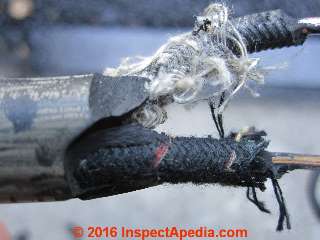mopowr steve
Senior Member
- Location
- NW Ohio
- Occupation
- Electrical contractor
Is knob and tube wire considered copper-clad-aluminum?
And if so, use that column for breaker sizing?
And if so, use that column for breaker sizing?





